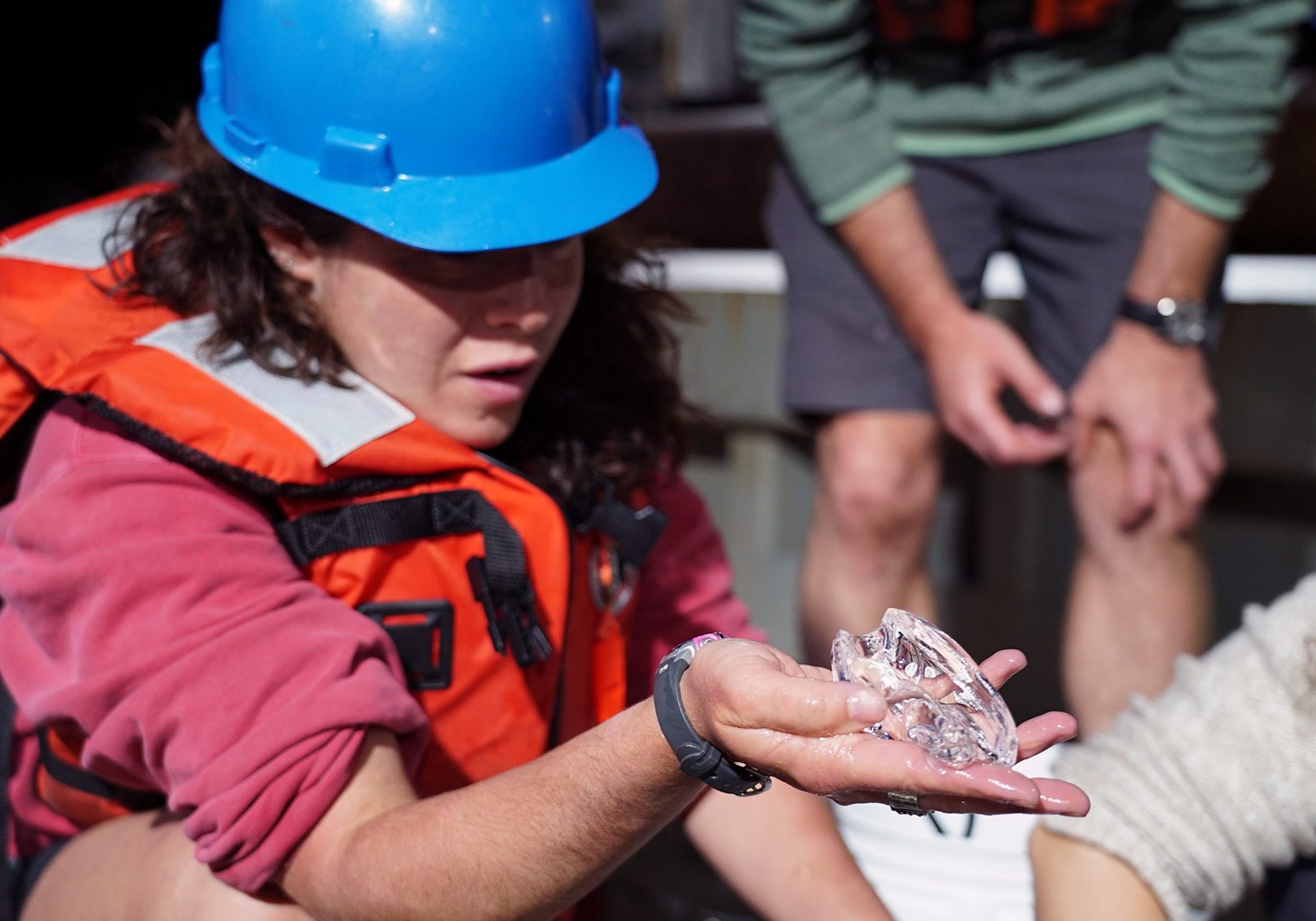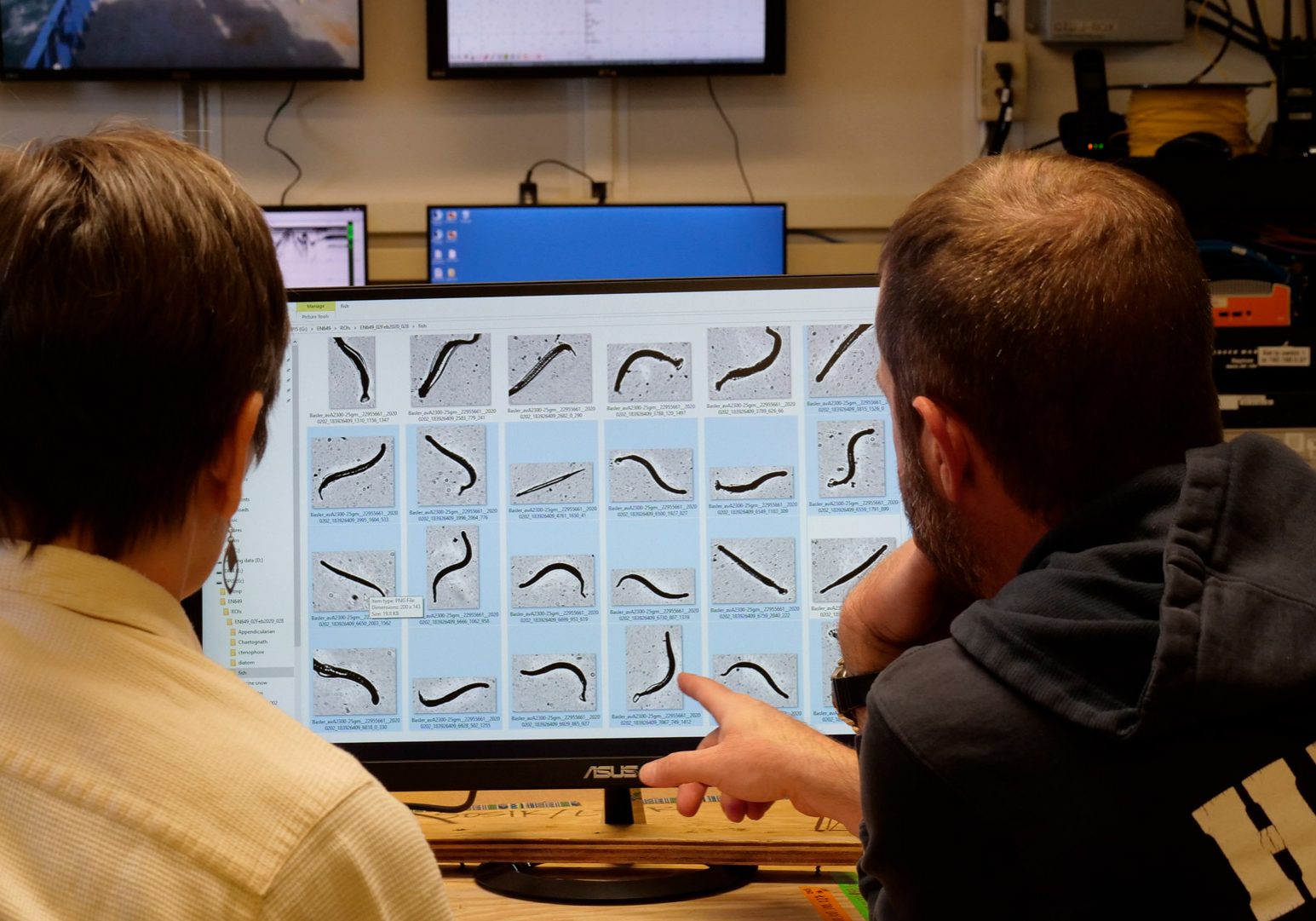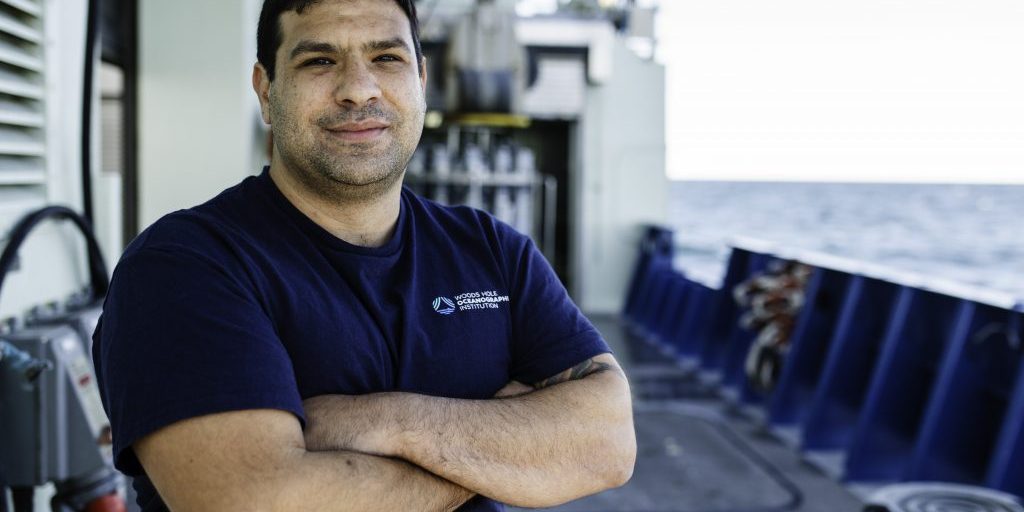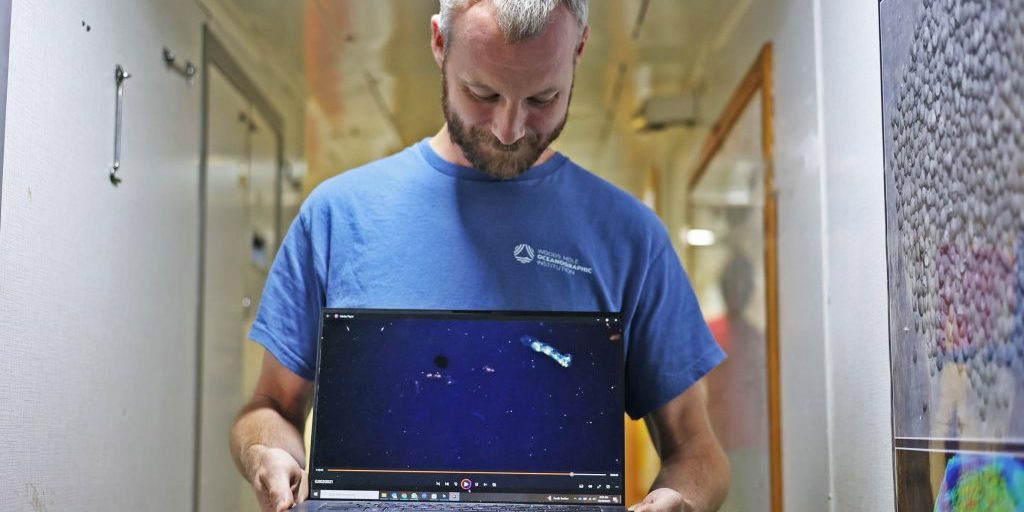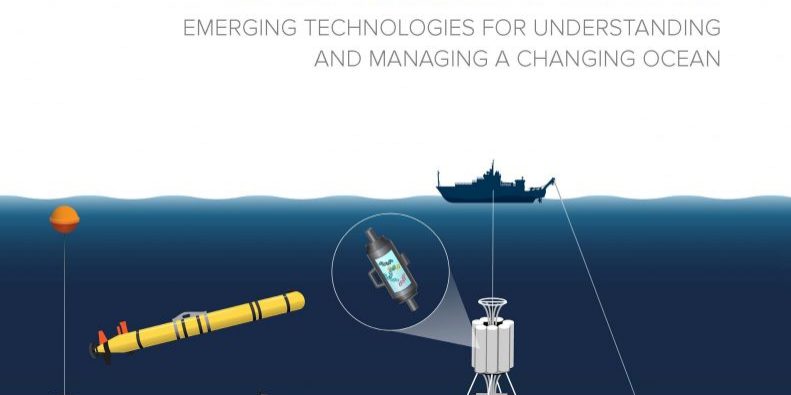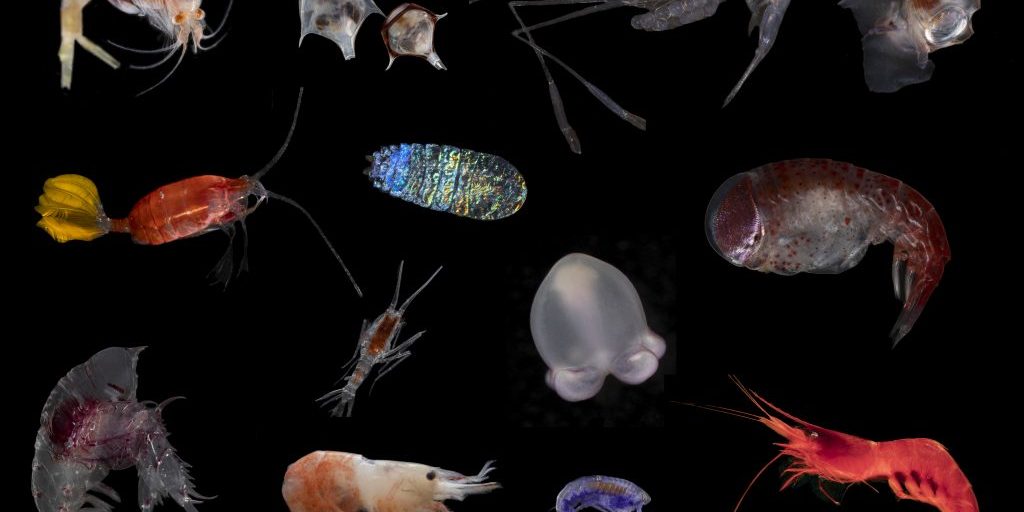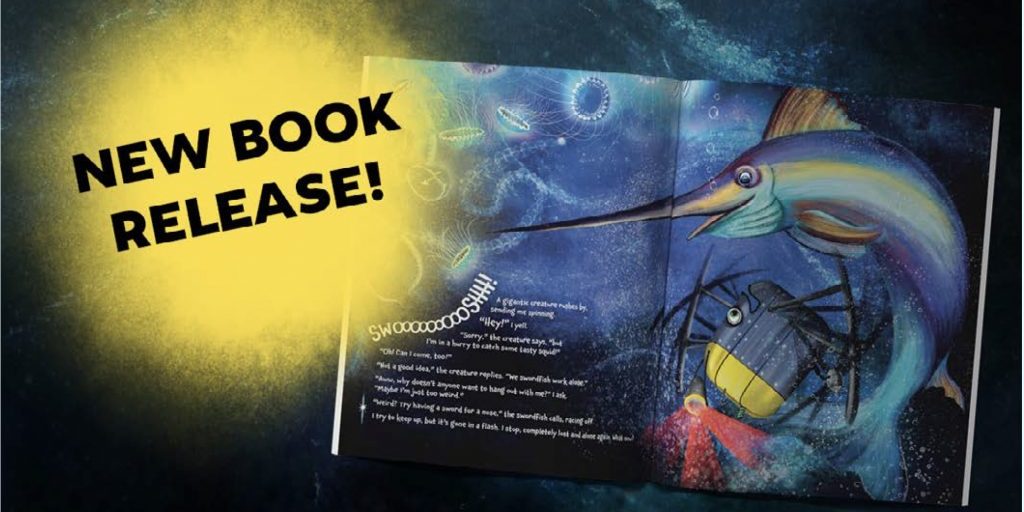What is the Ocean Twilight Zone?
It contains a vast array of unstudied life.
The twilight zone contains more fish than almost any other part of the ocean, yet many of the creatures are poorly understood. Today, scientists have a unique opportunity to fill in those gaps in knowledge, but the more we study, the more we see needs to be learned. As a result, the team is building new ways to reach down and understand the abundance, diversity and connectedness of life in the twilight zone. At the same time, fishing fleets are poised to begin dipping their nets into this newfound bounty. By studying the twilight zone, researchers will support more informed, thoughtful choices about how best to use its resources while also protecting it.







